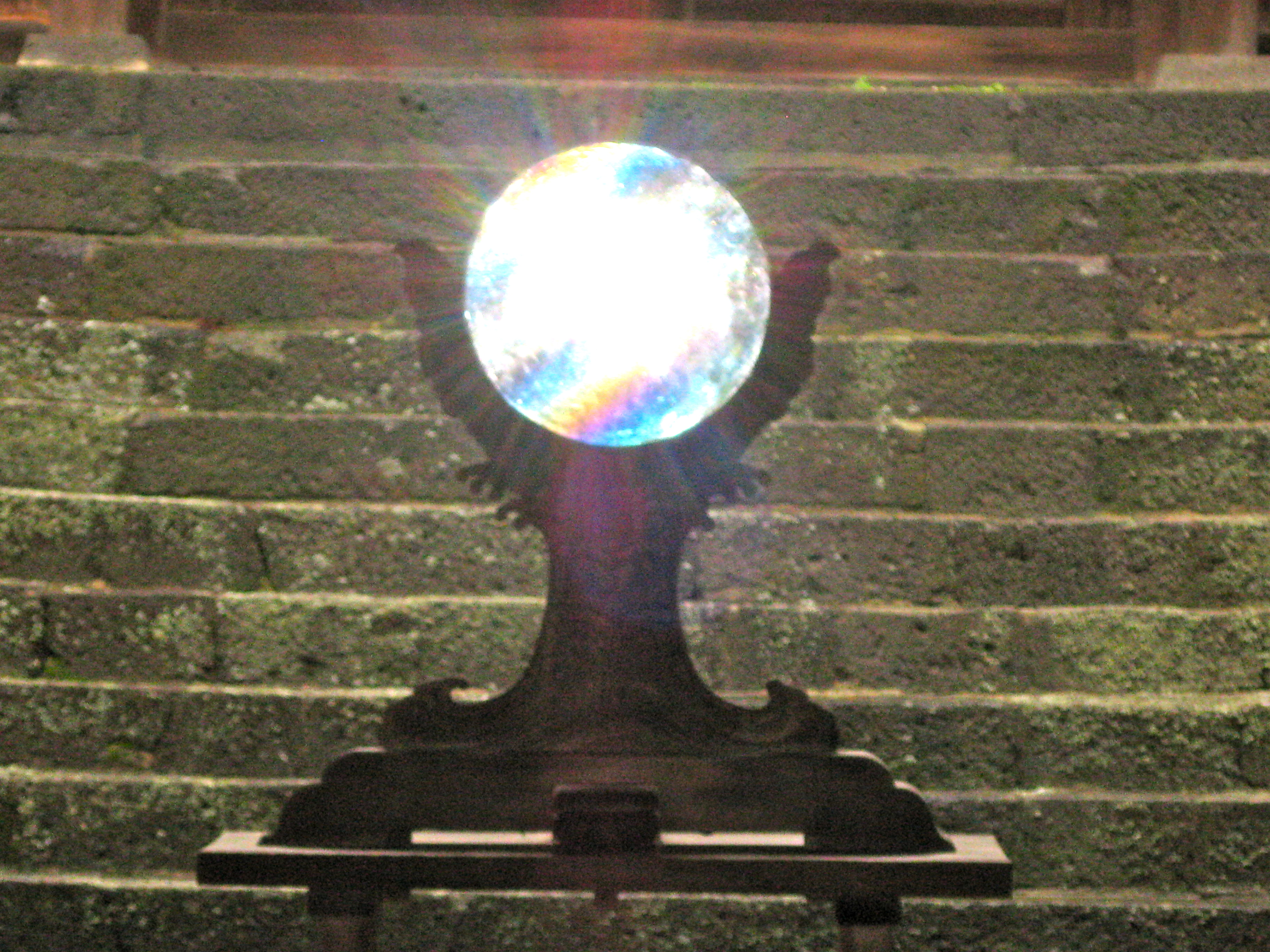
Both Shinto and Buddhism in Japan use mirrors as spiritual symbols, and Green Shinto has covered their use in several previous posts (here and here or here or here for instance).
The essential idea, common to both religions, is … Read the rest

Both Shinto and Buddhism in Japan use mirrors as spiritual symbols, and Green Shinto has covered their use in several previous posts (here and here or here or here for instance).
The essential idea, common to both religions, is … Read the rest
Green Shinto has written before of how Shinto stands on the twin pillars of animism and ancestor worship, and how these two different strands are interlocked. (See here for instance.) Zen too cultivates both aspects, though they are not so … Read the rest
In my investigations into Zen this morning, I had something of an epiphany – or perhaps I should say, an awakening. Both Zen and Shinto share roots in Daoism (Taoism). Zen it has been said is the result of Indian … Read the rest
Shokoku-ji was established in 1383 as a shogunate showpiece, but not long after completion burnt down and had to be completely rebuilt. It ranked second among the Five Gozan temples and played a prominent part in furthering Zen culture. It … Read the rest
A book I came across recently (Visions of Power, Imagining Medieval Japanese Buddhism) discusses the attitude of early monks to the kami. By and large, the Buddhists saw themselves as possessing greater power through the truth of their teaching. Though … Read the rest
This being the Year of the Monkey in the Chinese Zodiac, shrines and temples with monkey associations attract a lot of visitors and put on special events. I recently visited one in Kyoto I hadn’t come across before, Yasaka Koshindo, … Read the rest
Kodai-ji is one of Kyoto’s top tourist attractions, forever associated with Nene (1546-1624), principal wife of supremo Hideyoshi. It’s known for the beauty of its gardens, the wealth of Important Cultural Assets, its connections with tea, but above all for … Read the rest
© 2025 Green Shinto
Theme by Anders Norén — Up ↑